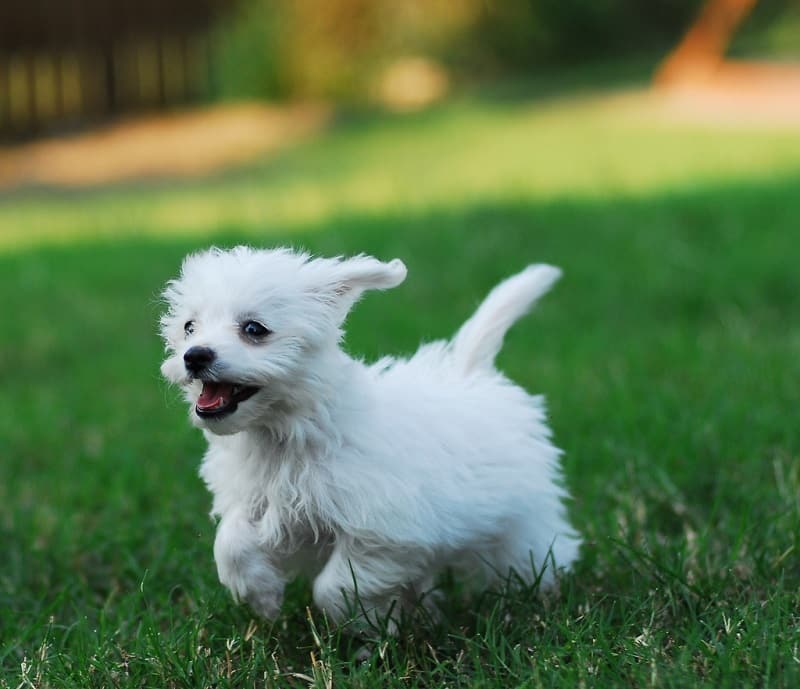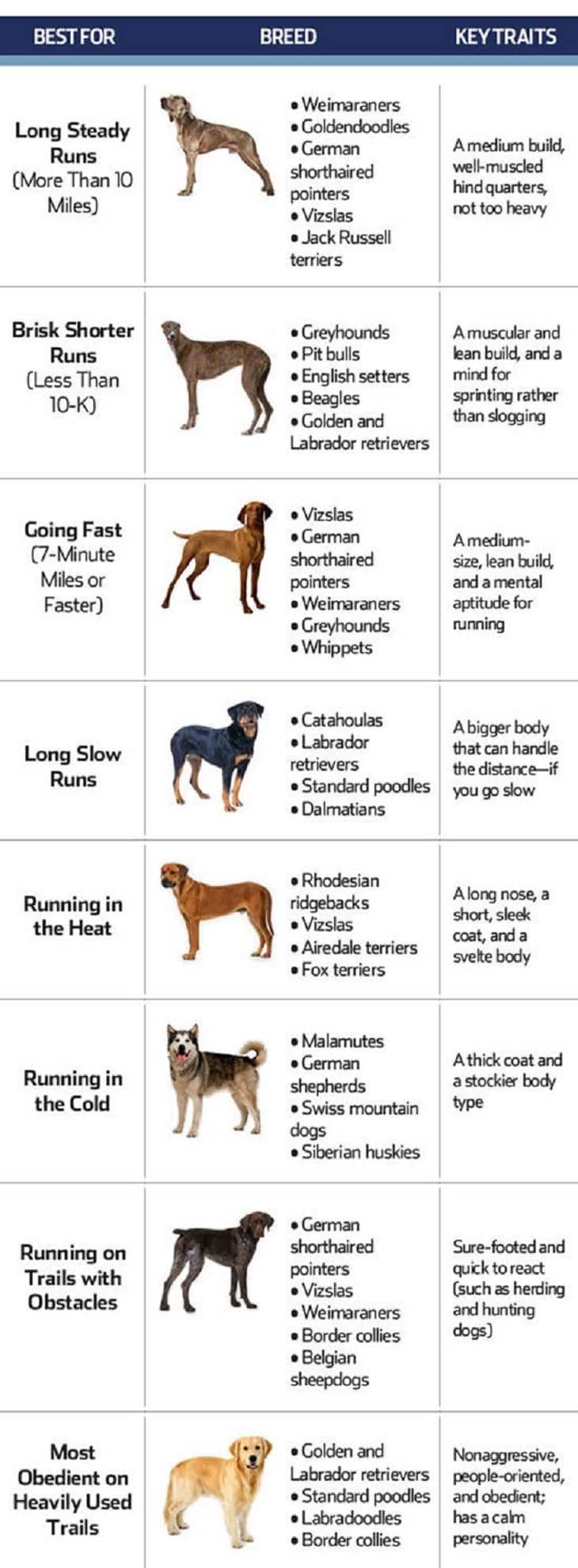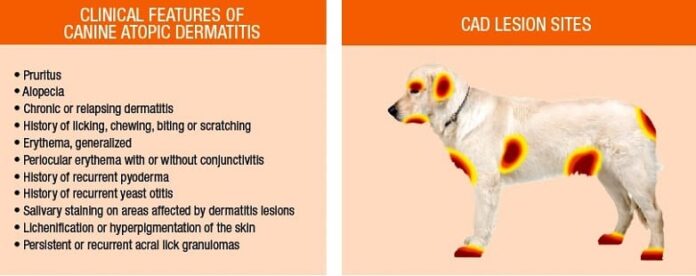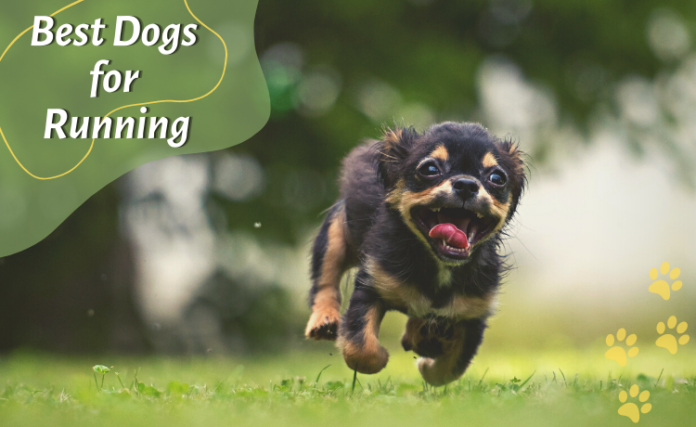Dogs offer a lot of enjoyment and activity to their pet parents. There are many available dog breeds that will definitely fit one’s lifestyle. Running is one of the most popular routine exercise activities that appeal even to those who are not very athletic, because it only requires some good running shoes and a good place to run around.
Because of the wide variety of dog breeds that are suitable for running, a pet parent is in for a treat in selecting his own running mate to make such activity more fun and worthwhile.
It is very important to understand the mechanics of running as an activity and a pastime. There are some pet parents that tend to mismatch such activity with the dog that they prefer to own.
It is of common knowledge that active dogs encompass almost all categories, from toy dogs to working dogs, but the definition of «active» varies. It can vary in how much activity can be tolerated by the dog, or how much is needed to keep the dog fit.

We will learn more about such variations as we move on with our topic in finding the best dog running buddy.
Describing the Best Dog to Run With
It is one of the most common problems in dog selection that the pet parent prioritizes the appearance of the dog as the first priority, loosely followed by exercise requirements, vigor, and other surrounding factors. It is very important as a pet parent to identify your needs first, because your exercise level requirement will directly affect the most suitable breed for you.
You should also sway from how the dog looks like, but focus on what the dog can do. In selecting a particular breed, you should do the selection as if you are in a grocery store. You should check the label and the fine print.
It pays to check the label indeed. For example, in terms of activeness, a Maltese is one of the more active dogs in the toy dog category. It can do casual walking and running sessions around the neighborhood.
However, due to its size, remember that every step you take require the Maltese to do six to eight steps. Despite its ability and capacity as a very active dog, its size makes it a very questionable running buddy because as much as it wants to run with you, it will end up being very exhausted.

On the other end of the contrast, some pet parents are blinded by the fact that large bones, and great physique makes a very good running buddy. This is not the case for one of the largest dog breeds out there, the Great Dane. This dog breed prefers to have its proportionally long legs stretched in the sofa for a long day watching movies. It is a large dog with a lap dog personality.
Being such an active and intelligent dog is not a safe choice after all, there are a lot of instances that some pet parents select the Border Collie and the West Highland Terriers. These are exceptionally high-spirited, very active dogs, but they have a very high tendency to become very stubborn, and you might end up tending for their tantrums and not your running session.
There is a high possibility that active dogs have a stubbornness streak, and it is very evident with these breeds. They are not very bad as walk and exercise dogs, but they may need early training and conditioning to save you from all the possible trouble.

So what best describes the ideal dog for running? Dogs that are medium to large size, with proportional legs and great physique, they should also have the attitude to catch up with the routine, which means they should have a very good demeanor and excellent temperament. As we proceed in our pursuit in selecting the best dog breeds for running, we identify the most highly recommended breeds based on the opinions of dog experts, veterinarians, and professional runners who have their own running fur babies with them.
Recommended Dog Breeds for Running
We were able to collect several highly-recommended dog breeds by casual and professional runners, as well as other pet parents and veterinarians. These are the breeds they think will work well with your running sessions. These breeds require low to moderate levels of training to keep them at bay during your sessions.
As explained by dog experts and running professionals, any medium to large-sized breed can be a suitable running canine partner. Where it narrows down is how much time and patience you have to train them for obedience and the amount of activity you wish to engage.
1. Alaskan Malamute and Siberian Husky
These are the popular sled dogs that can run tirelessly for hours, as both breeds have been developed to move the sled across the most unforgiving terrain. Veterinarians and running experts always add these dogs on the list.

It is highly recommended for pet parents that live in the cooler states, because these are quite intolerant with high temperatures and may cause heat distress and accelerated exhaustion.
2. Dalmatian
Our spotted fur baby is known as the firefighter’s favorite dog because of its stamina, size, and personality.

The Dalmatian is a healthy breed that has moderate exercise requirements, which complements your desire to run on a regular basis.
3. Labrador and Golden Retriever
Retrievers will always be on the list of running and walking dogs. A breed developed to retrieve game, packaged with a very endearing temperament makes it one of the best dog breed options for runners.

Labradors and Golden Retrievers are people pleasers, and it is not surprising that their pet parents love them dearly.
4. Standard Poodle
Known for its intelligence and demeanor, the Standard Poodle is ideal for runners that are just starting to appreciate the hobby. Also, bear in mind that we have included the standard variety and not the other two which are miniature and toy due to length disadvantage.

Standard Poodles have great, proportionally long legs that will work well with those long strolls and practice marathons. It is also the only hypoallergenic breed on our list, which you may want to reconsider if you have allergy issues with pet hair and shedding.
Poodles may require added grooming requirements compared to the rest of the dog breeds on this list, but that is the only disadvantage you will encounter. If you are fine with occasional brushing and trips to the grooming salon, then you are all set.
5. Labradoodle
The only fashion, or mixed breed in our list is the Labradoodle. Labradoodles are bred to attain the perfect mix of endearing personality from the Labradors, and the hypoallergenic feature of the Poodle’s coat.

Because of this combination that has been revered as one of the best in the mixed breed categories, runners and dog experts have widely accepted the Labradoodle as one of the best dog breeds for running.
6. Whippet and Greyhound
Whippets and Greyhounds are the speed devils of the canine world, but such sprints can only be done in quick, short, bursts.

However, both breeds can sustain moderate running sessions with their pet parents, and can catch up with a routine that requires moderate to high exercise schedule.
7. German Shepherd and Belgian Malinois

The rivals in K-9 segment, both the German Shepherd and the Belgian Malinois have enough musculature and stamina to run around and accompany you with your running sessions.
Their protective behavior is a plus and makes them two of the best dog breeds to run with.
Running Considerations for the Dog
We have already described the best dog breed to run with, and have a list of most recommended dog breeds for running activities. Now, we will discuss the considerations for the running dog to make sure that each session will be enjoyable and worthwhile.
Health
Because running dogs are more exposed to the elements and potential parasites, it is very important to keep their health in top condition and priority. Ask your veterinarian if the dog can be cleared for running, especially if you have acquired the dog at a very young age and its skeletal system and muscles are still developing.
Consult with the veterinarian about the ideal schedule, length of time, and frequency of the session. The dog’s age should also be part of the considerations when talking about health.
As the age progresses, the capacity of the dog to engage into long distance running decreases gradually. This should be reviewed by having regular visits to the veterinarian to assess how much activity can be tolerated by your dog based on its physical ability and current age.

It is very important for dogs, especially if the breed you have selected is a non-conventional choice for running, like the ones included in the non-sporting category. Do not engage in a full-length distance on the first day.
Try to start with short distances and gradually increase the length as you progress with your running routine. This conditions the dog’s skeletal system and acclimates it with the routine you are trying to blend it in.
This approach inhibits the chances of over exhaustion and fatigue, which is very common to dogs that have been engaged into such activity without proper acclimation.
Warming up
Whatever dog breed you have selected to become your running partner, all dogs need gradual exercise engagement. Like humans, dogs also need to warm up before completely engaging into long-term activities such as running.
Their muscles must be prepared for the activity, and this can be done by vigorous brushing and massaging of the legs, shoulders, and paws.
Stay Hydrated – for Both of You
Because running is an activity that will involve sweating and fluid loss, it is very important to stay hydrated during the entire process. Always bring enough water supply placed in commercially-available water bottles for dogs.

Also, treats can be brought during a session, but do not overfeed the dog because running with ingested food increases the chances for bloat, especially for large breeds such as Standard Poodles and Greyhounds. As a pet parent, you should also have enough supply for hydration to replenish lost fluids due to sweating.
Double Check the Weather
While most dogs are resilient with rainy running sessions, it would be best to conduct the running schedule when the weather is more favorable.
Early morning sessions are perfect under clear and bright skies, while afternoon sessions are better with cloudy to overcast skies. If you prefer running at nighttime, it would be perfect to start at the soonest possible time and do not run very late at night.
Safety First
Pet parents who will be running for the first time should know that it is not a “wear your shoes and let’s run” type of activity. Safety should always be a priority whenever you will be going outside to run with your dog.
When running during the day, you must have the most comfortable leash for your dog. The ideal leash should be not too tight and not too loose. It should have safety features such as reflective bands and identifications.

Safety precautions are more important when running during the night. The leash should have a reflective band that is compatible for night-time running. There are also other illuminated merchandise, such as the LED (light-emitting diode) equipped leashes and collars that properly provide safety precaution for passing vehicles and the runners themselves. For the pet parent, you should also have shoes or other paraphernalia that can notify the passing vehicles of your presence to avoid accidents.
When navigating a road where vehicles pass by, it is recommended not to wear any portable music devices because it will serve as an ample distraction that often leads to accidents that could have been avoided.
Enjoy the Moment
Running can be a serious hobby or a casual activity depending on how you perceive this enjoyable moment. As a pet parent, never forget to enjoy and appreciate the moment that you are running with your dog. Have some short breaks and pet your dog and even speak with him, because this immerses your perspective as a pet parent, and provides you with a deeper bonding moment with your dog.
You might become too engaged with the running, you forgot about the things that surround the activity. Don’t allow yourself to be too focused on the activity itself, but have a holistic activity where you and your fur baby are having an enjoyable moment together. This is one of the reminders that came from professional runners that have dogs with them. Do not concentrate too much on the running, rather focus on the entirety of the moment.
Check for Allergens
Allergens that have been brought by your dog from the vicinity inside your home can range from parasites, to dirt, to seeds that can trigger human and canine allergies. It is very important to check the coat for any of these potential allergens that got stuck.

There are several seeds that lodge into the dog’s skin and can cause irritation, which can also become a similar case when exposed to human skin. Such allergens can be prevented from developing into more serious complications when promptly addressed.
Cool Down
After each completion of a running session, allow you and your fur baby to cool down and rest for several minutes to relax the tensed muscles that have been very active during the activity.
Let your dog rest for several minutes prior to brushing, bathing, massaging, or scheduled feeding, to make sure that it has recovered from the tension already.
Join the Club
There are a lot of running clubs online where you can share your experiences, and exchange opinions on how to make the best out the activity. These clubs can be your safety net, especially if you are new to the hobby.
Such running clubs can provide you detailed information on what to do, and become included in a group that totally understands your success stories, as well as struggles and frustrations if there is any.
Also, there are clubs that conduct scheduled get-togethers where they do running sessions by groups, which allows you to socialize, participate, and learn more about the hobby. It will also keep you motivated, especially during the days that you don’t feel like doing it.
When you stay motivated, you tend to accomplish more and hit your objectives right on target. Who knows, joining a club can help you gain a friend that share similar interests.
In Conclusion
Running with dogs is one of the activities that are in a steady increase in popularity. It is an activity that enables the owner and the dog to connect with each other.
It promotes health and wellness, as well as deeper relationship as we allow our fur babies to be with us in activities such as running. As a pet parent, we should understand the importance of how we should prepare our dogs to engage in such activity.




